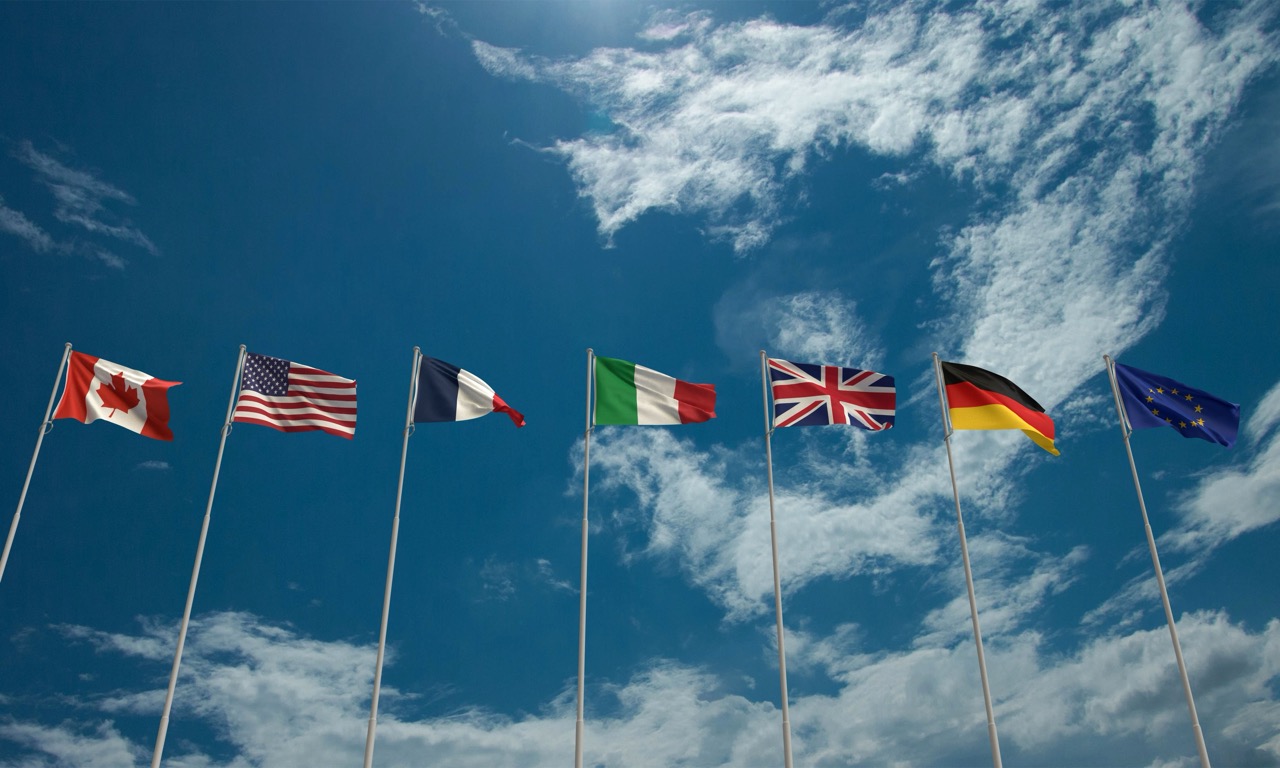Our best chance for a sustainable future
Biodiversity is critical for life on Earth, but it is declining faster than at any time in human history. Now, the four goals of the Biodiversity Plan aim to protect and restore nature, before it is too late – and leadership from the G7 is essential
We all need biodiversity – the diversity of life on Earth – to survive and thrive. The diversity within species, between species and of ecosystems, supports nature’s contributions to people, including food, clean water, medicine and shelter. Yet biodiversity is declining faster than at any time in human history. The Kunming-Montreal Global Biodiversity Framework, or the Biodiversity Plan, was agreed among countries in 2022 to halt and reverse this loss by 2030, for the benefit of people and the planet.
The four goals of the Biodiversity Plan aim to protect and restore nature, to prosper with nature, to share benefits fairly, and to invest and collaborate for nature. They are backed by 23 action-oriented targets for 2030. Implementation requires a whole-of-government and whole-of-society approach, with the engagement of Indigenous peoples and local communities, women and youth, while also protecting their rights.
As we move from agreement to action, the G7 must demonstrate leadership. Countries are currently working to translate this global ambition into national ambition and update or revise their National Biodiversity Strategies and Action Plans, setting out their policies and measures to implement the Biodiversity Plan. The plan will also contribute to efforts by countries to achieve the Sustainable Development Goals.
Countries are working together to facilitate resource mobilisation through the advisory committee that the Conference of the Parties has set up for that purpose. The new Global Biodiversity Framework Fund, under the Global Environment Facility, is uniquely dedicated to support the implementation of the Kunming-Montreal Global Biodiversity Framework, its goals and targets. The fund will provide a much-needed increase of support to the least developed countries and small island developing states while, at the same time, recognising the important responsibility of countries with great biodiversity. It also provides the opportunity for enhanced involvement of multilateral development banks and development finance institutes, which will facilitate the mainstreaming of biodiversity necessary to implement the plan.
A special responsibility
G7 members have a special responsibility to help ensure the success of this new fund by making contributions. They must take the lead in mobilising the financial resources needed to allow all countries to implement the plan. In particular, at the Apulia Summit G7 leaders must act to ensure that the commitments included in the plan – to mobilise at least $20 billion in international financial flows by 2025, and 30 billion by 2030 – are met.
Countries must also find common ground to further develop the multilateral mechanism for fairly and equitably sharing the benefits from using digital sequence information on genetic resources, including developing a global fund. This would not only support implementing the Biodiversity Convention and the Nagoya Protocol, but also facilitate the work under other international agreements on agriculture, health and biodiversity beyond national jurisdictions.
COP16 in October in Cali, Colombia, will be a critical moment for the Biodiversity Plan and the global community. Parties to the convention are expected to show their updated NBSAPs, further develop the monitoring framework and advance resource mobilisation. COP16 is also due to finalise and operationalise the multilateral mechanism on the fair and equitable sharing of benefits from the use of digital sequence information on genetic resources.
Driving global change
G7 leaders – some of the largest global economies – must be at the forefront of implementation, driving global change and making the transformative changes needed across economies and societies to ensure sustainable and equitable development. This includes reducing greenhouse gas emissions and limiting negative actions for biodiversity, while promoting sustainable agriculture, forestry and fisheries, as well as sustainable consumption and production patterns across all sectors. G7 members can demonstrate leadership by phasing out or reforming incentives that harm biodiversity and moving to align all public and private investments with the Biodiversity Plan.
The Biodiversity Plan is our best chance to halt and reverse the loss of biodiversity, creating a sustainable future for generations to come. If we all share the responsibility and act now, we will see results by 2030. Let us work together to build back biodiversity and create a sustainable future. We must all be part of the plan – the Biodiversity Plan for life on Earth.
The world is looking to the G7 to lead the charge.












